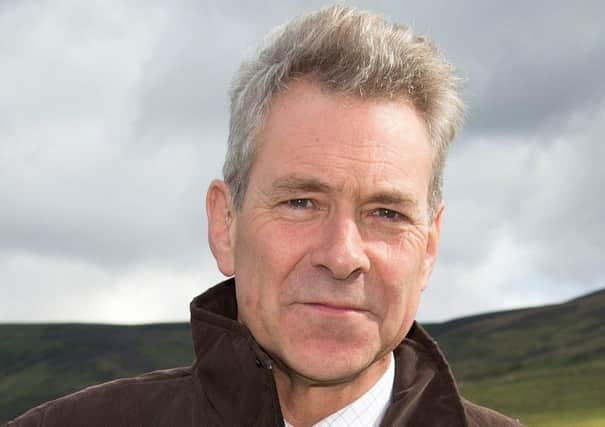Let's flock to keep an eye on our birds


Many people want to get outdoors and get involved, particularly with charismatic or at-risk species – there is a naturalist or conservationist lurking in all of us and an increasing number of charitable bodies to support and promote that interest.
The RSPB’s “Big Garden Birdwatch” is probably the best-known example of ordinary people recording observations and feeding them into central analysis. Participants are not experts and may not be totally correct on their bird identification, but add their findings together and you get a good working picture of what birds are around. This type of activity is particularly good for spotting trends if repeated annually on the same basis.
Advertisement
Hide AdAdvertisement
Hide AdOther examples are the Game and Wildlife Conservation Trust’s annual Big Farmland Bird Count which is supported by training days organised by members. For birds of prey, the Scottish Natural Heritage-backed Heads Up For Harriers initiative gives members of the public the chance to report in harrier sightings. Each sighting is random so the data is neither complete nor perfect but taken together a picture is built up and the more often this is done, the better. People are also encouraged to feed their sightings into BirdTrack, a long-established system for online bird data collection meticulously operated by the British Trust for Ornithology. Last year, the Understanding Predation project – supported by the Scottish Government – saw ongoing observance considered as important as more specialised peer-reviewed scientific studies.
Citizen science has, of course, been going on for years with people privately recording bird data but there is now more shape and organisation to it all. This is all good grist to the mill as we learn more about bird species.
It is also tremendous to see constructive collaboration between individuals, groups and organisations. Inevitably, there will always be differences of opinion and nowhere is that division more obvious than when it concerns the protection of birds of prey. It is a great pity that the debate on this issue has become so polarised when there is much conservation work to celebrate.
There has been some very positive news recently, most notably the Golden Eagle Survey which showed that there are more than 500 pairs in Scotland – the highest since surveys began.
At a more local level, scientists conducted wildlife audits on three moorland estates and identified 81 different species of birds in 2015. A few weeks ago, the same moorland estates collated sighting and breeding data for over ten species of raptors.
This was criticised for being too much of a snapshot, but it is no different to other examples of citizen science, and should be recognised as a genuine effort by land managers to collect bird information in a structured way, to start building a long-term data bank to inform management policy, and to share it with others.
The lesson I believe we should all learn is that those who care passionately about birds of all species do better when we are working together.
There is a history of joint projects, for instance at Langholm Moor in South West Scotland over the last two decades, and a new project to help golden eagles recover in South Scotland. Both of these depend to a great extent on the knowledge and enthusiasm of land managers about raptors and that contribution is something to be utilised for mutual benefit. We all have something to bring to the table and the sharing of evidence, be it citizen science or more detailed scientific work, has value.
Advertisement
Hide AdAdvertisement
Hide AdCitizen science and detailed and specialised scientific evidenced both have a part to play as we strive to conserve the wonderful array of bird species we have in Scotland. There is much more that unites than divides those involved in this arena and pursuing our common goal of conservation together is a worthy cause for 2017.
Tim Baynes, Director, Scottish Moorland Group